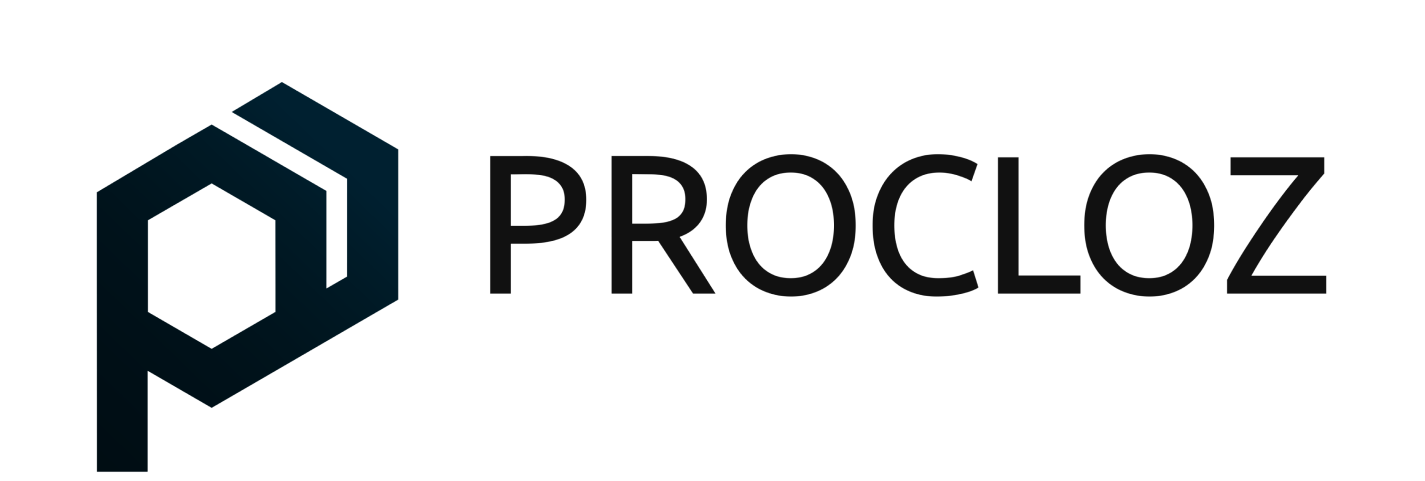US companies succeed on a global scale through International Human Resource Management (IHRM) when they employ faster, compliant, and data-driven cross-border teams.
In 2025, it’s not just HR; it is a growth strategy that fuses people, payroll, and policy across markets. PwC and Deloitte surveys show that leaders are focusing on compliance capability, mobility, and tech-enabled HR so companies can move more rapidly in the midst of complexity.
IHRM bridges that gap. Integrating HR into business strategy facilitates market entrance, decentralization of teams or costs, while being compliant and providing a great employee experience.
Interested in crossing borders without creating legal entities? Stick around and find out how your company can internationally expand without HR chaos.
Why International Human Resource Management has Become a U.S. Growth Strategy
IHRM has evolved from a back office to front serving manner of growth business partner. Deloitte’s 2024 Human Capital research underscores the imperative for “boundaryless” ways of working with talent mobility, local agility, and global consistency defined and managed as business capabilities, not just HR activities.
American companies leverage International Human Resource Management to fast-track market entry, limit regulatory drag and stall, and normalize the rules of workforce engagement across multiple countries, effectively ensuring that growth closetimes are fronted by talent and need, not entity standing up and process.
How Are U.S. Companies Forming Global Teams by IHRM?
Current models of IHRM now allow organizations to hire the best talent from anywhere in the world without having to wait months for entity setup. We can be set up in a matter of days or weeks (compared to months for entity formation), making EOR a viable path for U.S. companies testing new markets or rapidly building out global teams.
U.S. companies establish velocity and compliance assurance when they standardize the contracts, benefits, and onboarding across countries through an IHRM framework.
What Makes Non-Conformity a Competitive Advantage for Global HR Professionals?
Compliance is a lot more than risk avoidance; it’s credibility and cost advantage. Civil penalties under the U.S. Department of Labor for wage/hour and benefit plan violations escalate rapidly (such as thousands per violation under FLSA civil money penalties, and daily penalty assessments for ERISA filing failures). IHRM compliance is consolidated to minimize duplicated work and to manage exposure during audit.
Global payroll services also deliver consistent tax treatment, statutory deductions, and reporting across multiple countries, increasing visibility for HR and Finance. ADP’s global payroll study highlights the drive towards combining payroll with core business systems so that it can be more strategically managed.
Traditional HR vs. International Human Resource Management for U.S. Firms
| Criteria | Traditional HR | International Human Resource Management (IHRM) |
| Compliance Handling | Manual, region-specific, reactive | Tech-enabled, multi-country, proactive controls |
| Workforce Reach | Mostly domestic | Access to global, specialized talent |
| Cost Efficiency | Higher overhead; entity setup costs | Leaner via employer of record services + unified payroll |
| Speed to Hire | Entity setup can take months | Days/weeks via EOR onboarding |
| Data Visibility | Fragmented HR/payroll data | Centralized dashboards & analytics |
| Risk Exposure | Greater risk of inconsistent practices | Standardized processes reduce exposure |
And for U.S. companies, this change means quicker hiring, cleaner reporting, and fewer audit surprises.
If your HR systems are different country-wise, read our guide on how to leverage technology and innovation in International Business Expansion.
What is the Impact of Data and AI on Global HR Management?
Data is the new HR currency. Leaders are combining payroll and HR data to predict costs, flag hotspots, and guide market-entry decisions. IHRM Deloitte and ADP both point to the march toward integrated, analytics-ready global payroll, in other words, another fuel for smarter IHRM.
Dave Ulrich, the academic and long-time HR genius, once said:
“HR must give value or give notice.”
– The HR Value Proposition. Harvard Business Press, 2005.
This is the very essence of today’s IHRM; HR adds value by facilitating measured global outcomes through automation, analytics, and data-driven decisions.
To this day, AI is optimizing visa processing, automating payroll compliance, and forecasting workforce needs. Solutions such as Procloz include this functionality, allowing HR leaders to have a view into their operations across regions in real-time.
If your organization is looking to go country-wide, read our guide on how to leverage technology and innovation in International Business Expansion.
What Do the Winning U.S. Companies Have in Common?
Best-in-business standardize their International Human Resource Management playbook with EOR for speed, multi-country payroll for accuracy, and automation for consistency.
This cohesion allows them to outpace competitors with speed while maintaining compliance and employee experience. (Hiring intentions through major markets stayed robust through late 2024, reaffirming the importance of having global talent reach.)
How Procloz Helps US Companies Win Globally
Procloz enables businesses in the U.S. to grow internationally with confidence, at high speed, and integrating precision compliance.
Our solutions combine:
- Employer of Record Services for fast and compliant market entry,
- Global Payroll Services for Accuracy and Control, and
- HR systems with automation for reporting across multiple countries on the fly.
Procloz offers leaders a way to more effectively scale overseas, with local compliance in every place they do business.
Global growth doesn’t have to equate HR complexity.
Fill out this form today, and let Procloz simplify your International Human Resource Management and scale smarter.
FAQs
What are the three types of employees in IHRM?
Parent-country nationals (PCNs), host-country nationals (HCNs), and third-country nationals (TCNs). These categories help firms balance global standards with local execution.
How much does an HRMS cost?
Typical U.S. cloud HRMS pricing starts per employee per month and varies by modules and integrations. (Vendor tier ranges are publicly available in industry analyses.)
What are the four approaches of IHRM?
Ethnocentric, polycentric, regiocentric, and geocentric frameworks describe how firms staff and manage across borders.
How can AI be used in IHRM?
AI automates compliance checks, speeds document workflows, and surfaces insights from payroll/HR data to support better global decisions.





